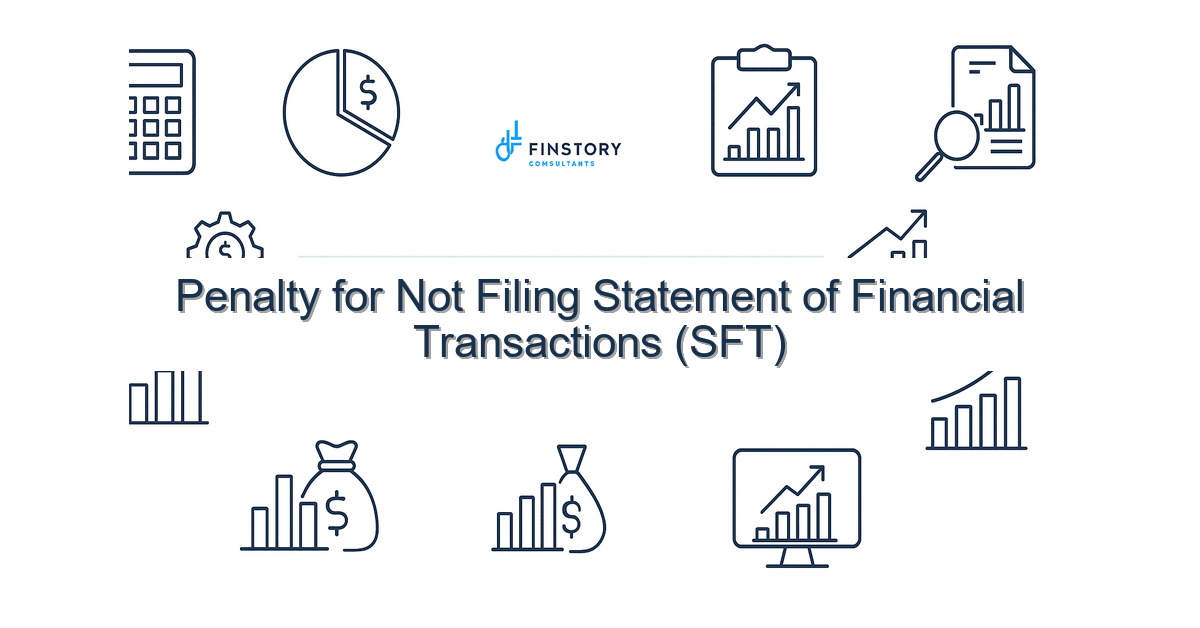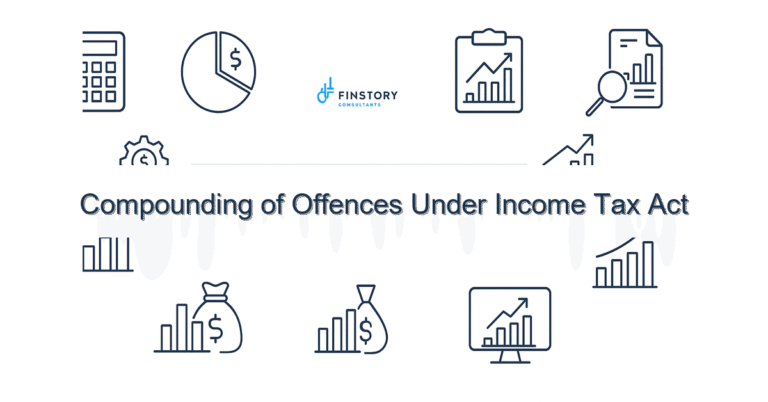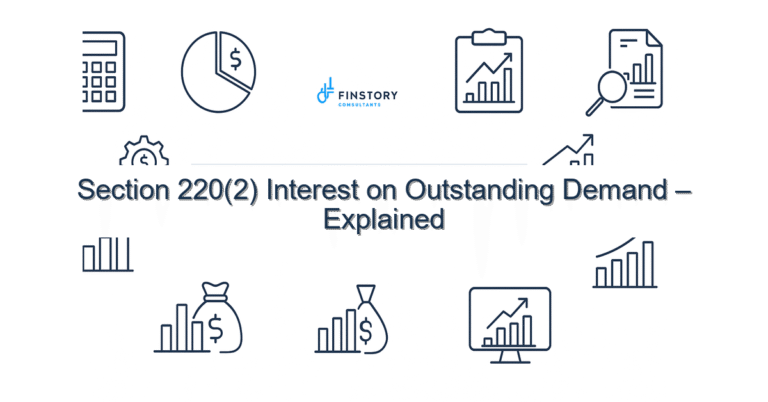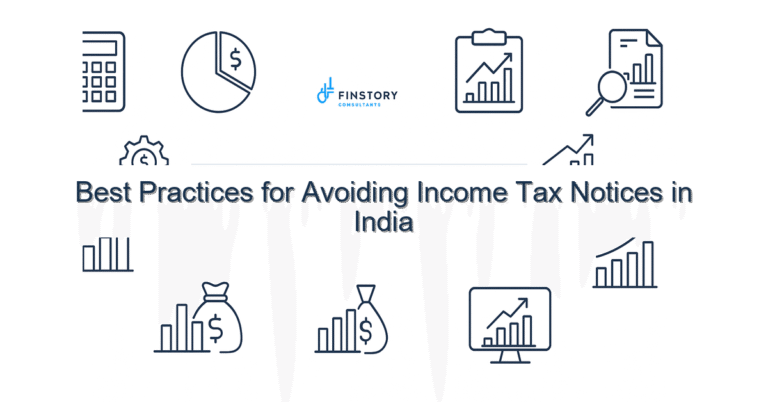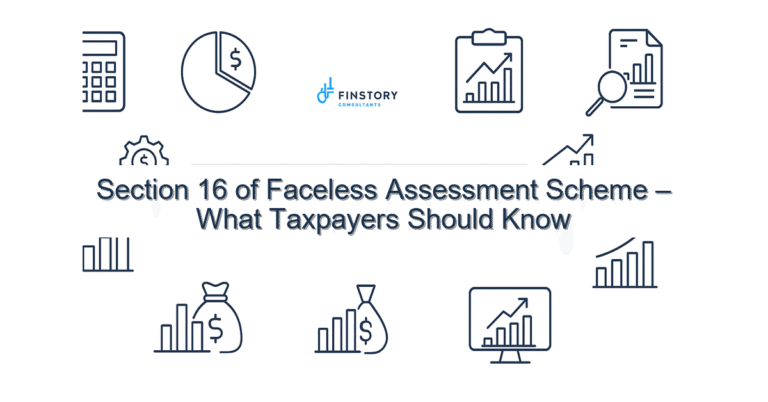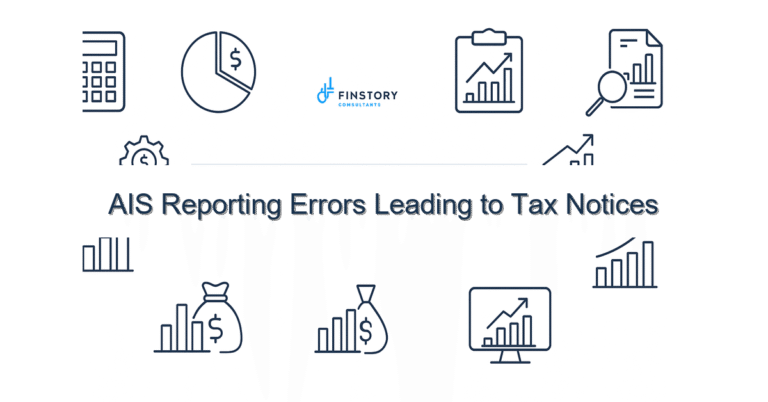Penalty for Not Filing Statement of Financial Transactions (SFT)
Falling behind on tax paperwork is stressful — and when a third party should report a transaction for you, confusion only grows. Many salaried employees, professionals, founders and MSMEs feel helpless when banks or registrars miss Statements of Financial Transactions (SFT).
Summary: Not filing SFTs (or incorrect SFTs) attracts a penalty under section 271FA for the reporting entity — usually Rs.100 per day up to Rs.1,00,000 — and creates knock-on problems for taxpayers: notices, delayed refunds, mismatches in AIS/26AS and extra compliance time. Knowing how SFT works, reconciling your AIS/26AS, and proactively engaging reporting entities and your tax adviser can prevent or mitigate these issues.
What’s the real problem in India?
Statement of Financial Transactions (SFT) is a mechanism used by the income tax department to gather high-value transaction data from specified reporting entities — banks, mutual funds, registrars, brokers and others — under section 285BA. The CBDT prescribes who must report and what needs to be reported. The practical gap is that taxpayers often assume the system will be seamless; when reporting entities delay, make errors or omit records, the taxpayer faces mismatches in AIS/26AS, unexpected notices, or delays in ITR processing and refunds.
- Symptom: You receive an income tax notice about undisclosed capital gains though you filed ITR correctly.
- Symptom: Refund is delayed because reported TDS/TCS in AIS/26AS doesn’t match your ITR figures.
- Symptom: Your broker or bank missed reporting a sale, causing mismatch in tax computation for the year.
- Symptom: You don’t know whether SFT deadlines like the ITR filing last date will affect your situation.
What people get wrong
Here are common misconceptions and pitfalls Indian taxpayers make around SFT and related compliance:
- Thinking SFT is something the taxpayer must file — SFTs are filed by reporting entities under section 285BA; taxpayers need to monitor the records.
- Not reconciling AIS/26AS before filing ITR — many taxpayers only check AIS/26AS after receiving a notice.
- Assuming penalties are always charged to the reporting entity — while the legal penalty under section 271FA targets the reporting person, taxpayers still suffer through notices, higher tax assessments, and time-consuming corrections.
- Waiting to act after receiving a notice instead of proactively fixing mismatches (which is slower and often costlier).
A better approach
Adopt a proactive framework: verify, reconcile, communicate, document and escalate. Below is a simple 4-step framework that most taxpayers can use immediately.
- Verify your AIS/26AS and bank/broker statements at least quarterly — spot entries that look unusual or missing.
- Reconcile high-value transactions (mutual fund redemptions, share sales, property advances, bank interest) against your records; check capital gains indexation and purchase dates.
- Communicate with the reporting entity (bank, broker, AMC registrar) with specific transaction IDs and request rectification of SFT errors or omissions.
- Document all communications; if unresolved, escalate to a tax consultant or file a grievance through the e-filing portal or the entity’s grievance mechanism.
Real-world example: A Bengaluru-based software professional found a missing mutual fund redemption in AIS/26AS that caused a demand for Rs. 67,000. After reconciling statements, he contacted the registrar; the registrar corrected the SFT and the demand was withdrawn — resolution within 45 days. He saved time and avoided potential penalties by acting quickly.
Quick implementation checklist
- Pull your AIS/26AS and last 12 months’ bank, broker and mutual fund statements this week.
- List transactions above reporting thresholds (FD interest, mutual fund redemptions, share sales, property payments).
- Match each entry to AIS/26AS line-by-line; note mismatches or missing SFT records.
- For each mismatch, collect transaction references (UTR, folio no., contract note).
- Send a formal email to the reporting entity with evidence; ask for SFT rectification and a timeline.
- If the entity confirms non-reporting, ask for written confirmation — save for future notice responses.
- If no response in 15–30 days, escalate to the entity’s grievance cell and also raise the issue on the income tax e-filing portal.
- Update your ITR draft if corrections are confirmed; use the correct capital gains indexation where applicable.
- Keep proof of all communications and corrected statements for at least 6 years for scrutiny purposes.
- If a notice arrives, contact a tax professional immediately; do not ignore the deadline on the notice.
What success looks like
- Fewer income tax notices and faster resolution when they do arrive.
- Higher accuracy in AIS/26AS and fewer mismatches at ITR filing time.
- Reduced risk of assessments that increase tax liability; quicker refunds.
- Confidence in claiming tax benefits (Section 80C limit planning, correct capital gains indexation) and choosing between new vs old regime slabs knowingly.
- Lower administrative time — fewer escalations and shorter dispute windows.
Risks & how to manage them
Primary risk: the reporting entity fails to file SFT or files incorrect data. Manage it by documenting communications and escalating early. Secondary risk: receiving a tax notice because the department has information but your ITR doesn’t include it. Manage by reconciling AIS/26AS before submitting ITR and keeping your proofs ready (contract notes, bank UTRs, allotment letters).
Tools & data
Make use of these India-specific tools:
- AIS/26AS on the income tax India e-filing portal — your first source to spot SFT-related entries.
- E-filing portal grievance and rectification channels to respond to notices.
- TDS/TCS tracking tools offered by banks and third-party software to reconcile tax credit entries.
- Broker portals and mutual fund registrars for contract notes and folio statements to support corrections.
FAQs
Q: Who is liable for penalty if an SFT is not filed?
A: The penalty under section 271FA applies to the person required to furnish the SFT (the reporting entity). The penalty is typically Rs.100 per day subject to a maximum of Rs.1,00,000 for continued failure to furnish the statement.
Q: As a taxpayer, what immediate steps should I take on receiving an SFT-based notice?
A: Reconcile the notice with your bank/broker records, collect transaction IDs (UTR, folio, contract note), contact the reporting entity for correction, and engage a tax professional to respond within the notice timeline. Do not miss the response deadline.
Q: Can an SFT mismatch delay my refund or affect my ITR filing last date?
A: Yes — mismatches can lead to notices or verification that delay refunds and create extra work around the ITR filing last date. Reconcile AIS/26AS early to avoid last-minute issues.
Q: Will correcting an SFT change my tax computation (example: capital gains indexation)?
A: If the correction clarifies dates, cost of acquisition or transaction amounts, it can affect capital gains computation and indexation. Keep proof documents handy to justify calculations in your return.
Next steps
If you’ve found a mismatch, don’t let it sit. Early action reduces the chance of notices, unnecessary penalties, and long disputes. For personalised help — especially if you are a professional, founder or MSME with complex transactions — get expert assistance quickly.
Work with Finstory. Speak with an Expert for a personalised plan to reduce your tax outgo and stay compliant. Book a free 20-min consultation.
📞 Need help with Income Tax in India?
Book a 20-min consultation with our tax team. Individuals, founders & MSMEs welcome.
Prefer email or phone? Write to info@finstory.net
or call +91 44-45811170.
